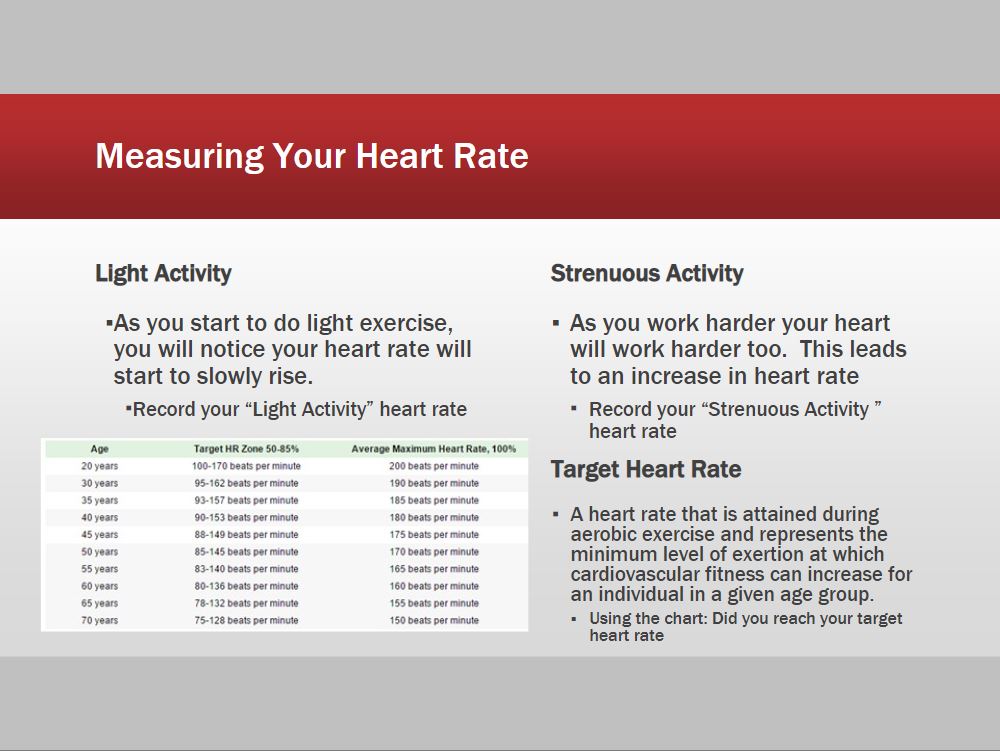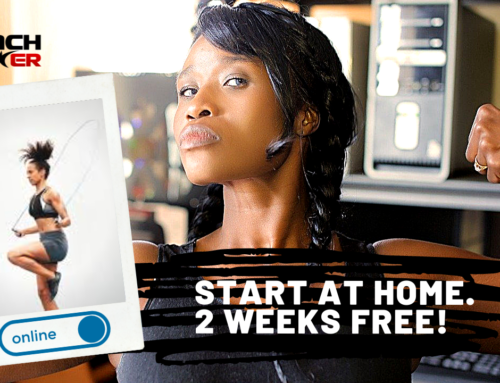It can be a sensitive topic asking a person’s age or inquiring how much one weighs. We seem to be hyper focused on our age, and whether we act it. And I’m frequently cautioning people not to associate their self-worth with the feedback they get from a scale, but must admit, I could use the reminder myself. So, I’ve made it my practice to look at an all too overlooked number when gauging health – HEART RATE, or BPM (Beats Per Minute).
Your heart rate is the number of times it beats in one minute and the American Heart Association says between 60 and 100 beats per minute is normal. But an individual’s “normal” can vary upon several factors:
- Age
- Body size
- Sex/Gender
- Medications use
- Body position
What’s more, according to research recently published, a resting heart rate of 75 beats per minute in mid-life is linked to a doubling in the risk of an early death from all causes, at least among men. An increased heart rate in men in their 50s seems to increase the risk of heart disease. Not surprisingly, they also seemed to be less physically active, while in engaging in higher risk activities, such as smoking, and have more stress in their life.
Checking our pulse may be more informative than stepping on the scale, and it’s easier to check than you think. The best time to check your heart rate is first thing in the morning. A resting heart rate (RHR) is the number of times your heart beats per minute while in a completely relaxed state and first thing when rising is probably the ideal time, but a resting heart rate can be anything prior to vigorous activity, exercise, when free of stress or duress. Conversely, when you exercise, your heart rate will increase. This is called your active heart rate (AHR). I suggest people check their RHR before exercising and check their AHR immediately following their workout.
It’s relatively easy to check your own heart rate. It can be done with no equipment at all, but I suggest using a stopwatch, or watch, or any device that can measure a period of time. Watch the video above for instructions on how to take your heart rate.
The first thing you’ll need to do is locate your pulse. The two easiest places to locate your pulse is on your:
- Wrist
- Side of your neck
Then count the number of beats you feel in one minute. That can be a tedious assignment, so there are a couple acceptable short-cuts:
- Count the number of beats in 10 seconds, then multiply by six, or…
- Count the number of beats in 15 seconds, then multiply by four.
I find the second to be simplest, but once you find what way you like, stick to that method so your results are more likely to be consistent.
To participate in this assignment, send me a message with your resting heart rate. Once you do that, I’ll send you a follow up assignment on how to check your active heart rate.

Enroll in Coach Decker’s online, virtual 2 week fitness assessment and evaluation. Free for a limited time. More information on the website.






